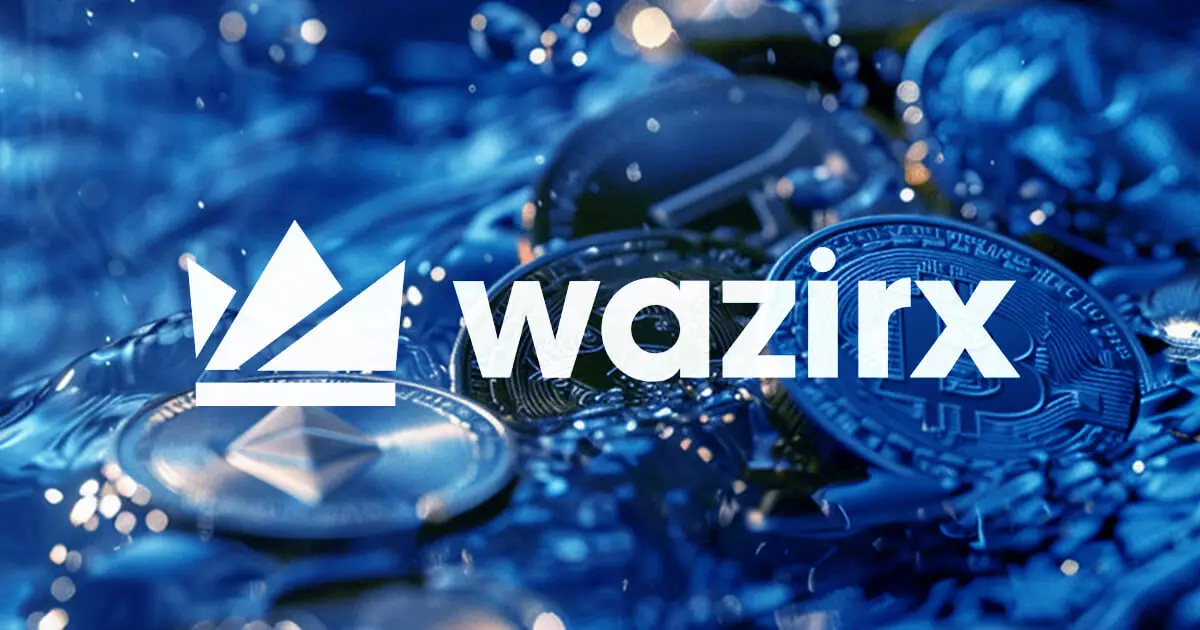The landscape of cryptocurrency exchanges has become increasingly treacherous, with WazirX emerging as a notable case study in resilience and recovery mechanisms. Following a catastrophic hacking incident that resulted in the loss of over $230 million, WazirX now finds itself at a pivotal juncture. Creditors must make a significant decision soon: either accept a proposed restructuring plan that promises phased compensation starting in 2025 or face the grim reality of prolonged liquidation that could stretch until 2030. This decision is critical not only for the creditors but also for WazirX’s future viability.
When the Singapore High Court permitted WazirX to pursue a restructuring plan, it provided the beleaguered exchange with a lifeline. However, the path to recovery is fraught with difficulties, particularly regarding the requirement for three-quarters of creditors to approve the proposed recovery scheme. Should they reach this threshold, WazirX intends to implement a series of measures, including the establishment of a decentralized exchange and the issuance of recovery tokens. These strategies are designed to facilitate the compensation of affected users over a phased timeline.
Despite the proposed recovery plan appearing structured and potentially beneficial, skepticism pervades the community of creditors. Many believe that the timeline—projecting compensation over five years—is a ploy to manipulate creditors into compliance. The doubts are compounded by past failures in communication and recovery efforts from the WazirX team, particularly co-founder Nischal Shetty, whose involvement in the recovery process has raised eyebrows. Some creditors accuse him of maintaining too much control over the proceedings, further eroding trust and igniting intense scrutiny concerning the motivations behind the restructuring initiative.
The absence of transparency surrounding the hack and the subsequent recovery process has also left many users feeling disenfranchised. The complexities of recovering stolen cryptocurrency are daunting and elevate concerns regarding whether WazirX can effectively fulfill its promises. This erosion of trust is a significant hurdle that the company must overcome if it hopes to rebuild a solid foundation in the crypto market.
Further complicating matters, recent legislative maneuvers by the Indian government have introduced additional financial pressures. A newly imposed 70% penalty on undisclosed crypto gains poses serious tax implications for creditors who may receive recovery tokens. This regulatory backdrop creates an additional layer of uncertainty, meddling with the decision-making process and potentially dissuading creditors from accepting the recovery plan.
The implications of these policies, combined with WazirX’s precarious standing, create a chilling environment for creditors. They must weigh the possibility of a structured recovery against the risks associated with liquidation, which could result in far diminished returns.
The timeline of WazirX’s downfall can be traced back to a catastrophic hacking event in July 2024, orchestrated by North Korea’s notorious Lazarus Group. This incident not only drained a significant treasury but also exacerbated ongoing regulatory investigations into the platform. Prior to the hack, WazirX had already faced scrutiny from Indian regulators, culminating in the freezing of its bank accounts over anti-money laundering concerns. Although these accounts were subsequently unfrozen, the harm to user trust was irreversible.
To navigate the tumultuous waters ahead, WazirX has opted to stress its commitment to recovery through a legally protected restructuring process based in Singapore. While this legal framework can provide a semblance of stability, it ultimately hinges on the approval of creditors in the coming weeks.
As the date for voting on the proposed recovery plan draws nearer, WazirX creditors are confronted with a stark choice: either embrace the proposed restructuring in the hope that recovery is achievable or reject it and face the ramifications of potential liquidation. The stakes are exceedingly high—will they stand by a platform that, while flawed, still holds the promise of eventual recovery, or will they signal its demise?
For WazirX, the fate is equally uncertain. The outcome of the creditors’ vote will not only determine its immediate future, but it will also shape the overall landscape of cryptocurrency exchanges in India. Whether WazirX can rise from the ashes of its own crisis remains to be seen, but the time for decision-making has arrived, and the consequences of those decisions will echo deeply into the future.

